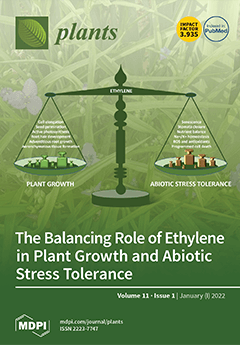Tamarix aphylla is a well-known species of the genus
Tamarix.
T. aphylla (Tamaricaceae) is a perennial tree in Asia, the Middle East, and Central Africa. It is used as a carminative diuretic in tuberculosis, leprosy, and hepatitis. Various pharmacological properties have been shown by
T. aphylla, such as antidiabetic, anti-inflammatory, antibacterial, antifungal, anticholinesterase, and wound-healing activity. However,
T. aphylla has not received much attention for its secondary metabolites and bioactive constituents. Research has shown that this plant has hidden potential that needs to be explored. This review aims to cover botanical classification, geographical distribution, taxonomy, ethnobotanical uses, and the phytochemical compounds found in
T. aphylla. The toxicology and pharmacological effects of
T. aphylla are also discussed. We examined various scholarly resources to gather information on
T. aphylla, including Google Scholar, Scopus, Science Direct, Springer Link, PubMed, and Web of Science. The finding of this work validates a connection between
T. aphylla in conventional medicine and its antidiabetic, antibacterial, anti-inflammatory, wound-healing, antifungal, anticholinesterase, and other biological effects.
T. aphylla’s entire plant (such as bark, leaves, fruits) and root extracts have been used to treat hypertension, stomach discomfort, hair loss, cough and asthma, abscesses, wounds, rheumatism, jaundice, fever, tuberculosis, and gum and tooth infection. The phytochemical screening revealed that noticeably all extracts were devoid of alkaloids, followed by the presence of tannins. In addition, different parts have revealed the existence of steroids, flavonoids, cardiac glycosides, and byproducts of gallic acid and ellagic acid.
T. aphylla has shown many valuable activities against different diseases and supports its traditional uses. Therefore, high-quality preclinical research and well-designated clinical trials are needed to establish the efficacy and safety of this plant in humans.
Full article






